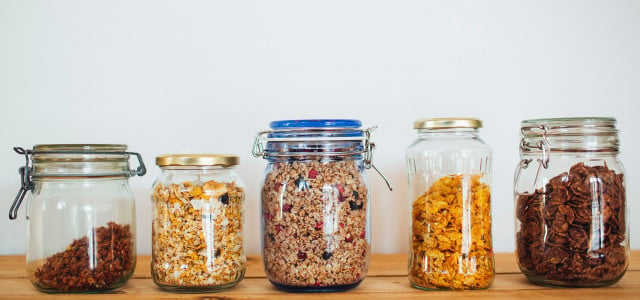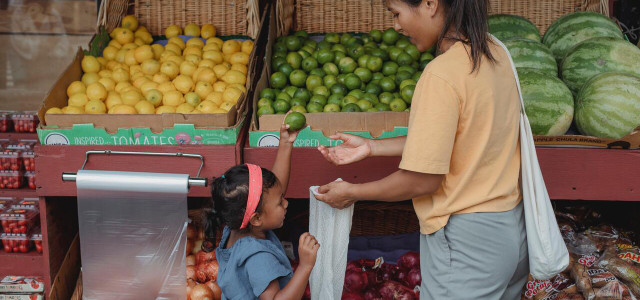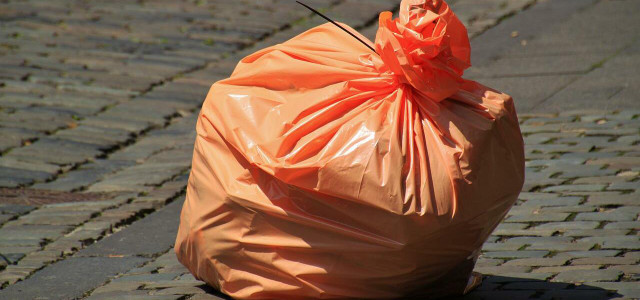So what does it mean to live a zero-waste lifestyle? It may sound almost impossible, but sounds it’s easier than you think. Here’s what living no-waste is all about.
Who needs garbage, anyway? From zero-waste products to zero-waste travel, Utopia will show you what the no-waste movement is about and give you valuable tips on everyday green living practices.
Looking into a zero-waste lifestyle is worth it: waste-free living saves time and money, and combats climate change. Earth is a pretty great place — let’s protect it!
What Is a Zero-Waste Lifestyle?
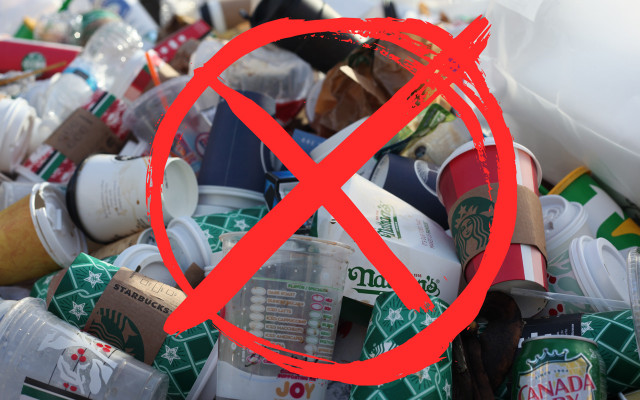
To put it simply, living a zero-waste lifestyle means producing absolutely no waste. In a sense, you boycott trash. Making a transition toward a no-waste life is as easy as going without a straw for your smoothie, not having a receipt printed at checkout or taking your coffee-to-go in a reusable mug.
All waste is reduced and reused, recycled if necessary or composted. Clever zero-wasters keep unavoidable waste — like medicine bottles — to an absolute minimum. The key to living a zero-waste lifestyle is using your creativity and resourcefulness.
Why Aim for Zero Waste?
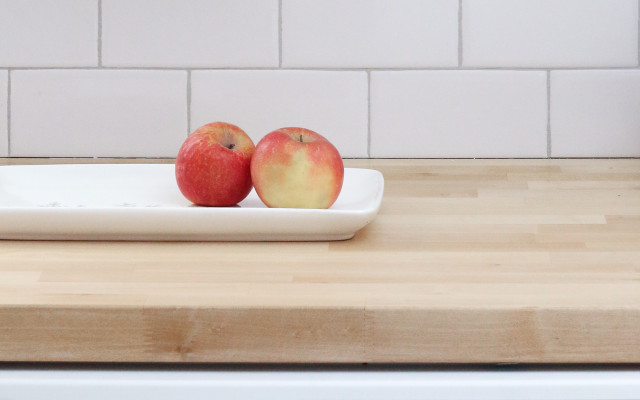


According to the EPA, in 2018, the average American produced approximately 4.9 pounds of garbage per day. That’s up from 4.5 pounds a day in 2017 and translates to a yearly total of around 292.4 million tons of trash (23.7 million tons more than 2017,) half of which was sent directly to landfills. Almost 94 million tons of that was recycled or composted, equivalent to around 32 percent.
It’s no surprise that consumer product packaging materials make up the largest percentages of waste: Paper and paperboard (23.05%), glass (4.19%), metals (8.76%) and plastics (12.2%).
The next best alternative to proper recycling methods is creating no waste in the first place. Living waste-free with a zero-waste lifestyle saves resources and protects the environment. By avoiding toxic substances like BPAs (in plastic packaging), you also protect your health and that of others. For more information about what it means to go BPA-free, read: BPA and Plastics: What Is BPA-Free?
The Zero-Waste Home
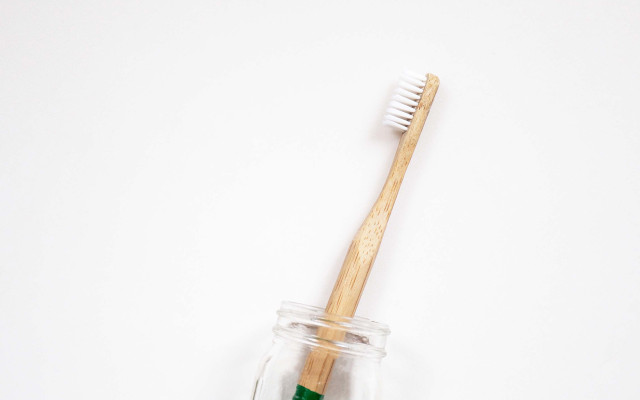


A crucial part of a successful zero-waste lifestyle is maintaining a zero-waste household. A proper zero-waste home is plastic-free and does not contain items that cannot be recycled or composted. Zero wasters practice plastic-free shopping and stick to reusable alternatives to many regular household items.
There are zero- or low-waste alternatives for practically everything. This lifestyle concept even includes zero-waste toothpaste and zero-waste deodorant. To save time, here are some handy guides to zero-waste household items:
- Zero Waste Kitchen: 8 Steps to Producing Less Trash
- 6 Easy Tips for a Zero-Waste Baby
- Zero-Waste Makeup: 5 Brands Made in the USA
- 10 Pro Tips for Reducing Food Waste
Use electrical appliances like computers, phones or refrigerators as long as possible, and repair them when you can. If you can’t save the appliance or device, make sure to dispose of it properly.
Zero-Waste Grocery Shopping
Garbage really starts to pile up when you’ve been grocery shopping. It often feels like the bulk of what you carry home from the supermarket is actually just packaging waste: bags, cups or boxes you use once and throw away. Zero wasters living a less-is-more lifestyle don’t put up with this.
Grocery shopping low-waste is doable, but you’ll need to plan ahead. For example, keep a canvas or tote bag on you to buy loose goods and carry them home. However, admittedly things get a bit trickier with foods like pasta or rice. Then come hygiene items, washing and cleaning agents that seem to make a zero-waste life all but impossible.
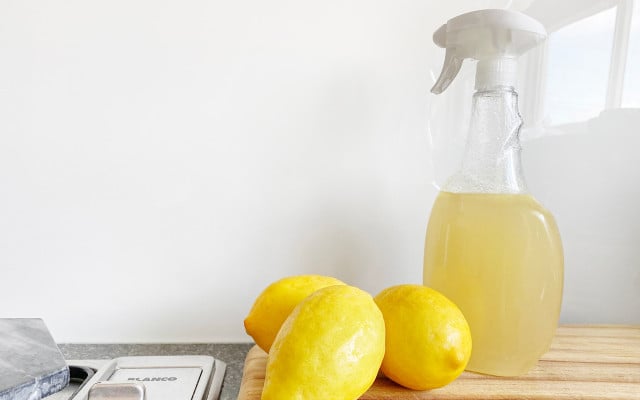


Remember: a zero-waste lifestyle is about being resourceful. Instead of buying the latest eco-unfriendly chemical cleaner in a plastic spray bottle, why not make your own cleaning supplies? Here are some clever and sustainable household cleaning hacks made from all-natural ingredients:
- The Best Way to Clean Brass Using Natural Household Products
- Homemade Yoga Mat Cleaner With Natural Ingredients
- The Best DIY Stainless Steel Cleaner: 3 Ingredients Only
- Homemade Oven Cleaner: 3 DIY Methods Better Than Chemical Cleaners
- Get Rid of Nasty Drain Smells: 4 Household Cleaning Agents for the Kitchen and Bathroom
- The Best Way to Clean Tile Floors Without Chemicals
- Homemade Window Cleaner: DIY Glass Cleaner for a Streak-free Shine
Zero Waste Lifestyle: Reusable Packaging
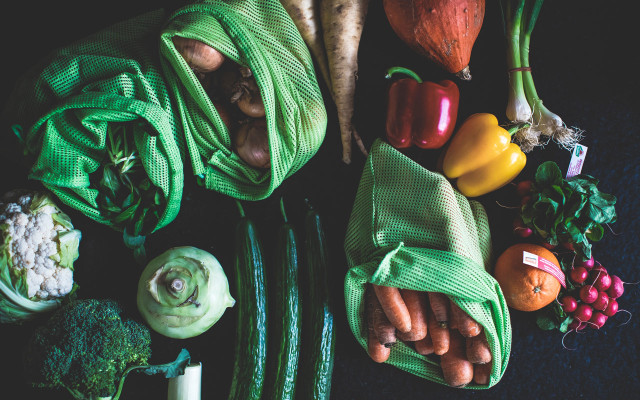


Believe it or not, it’s also possible to maintain a zero-waste lifestyle when grocery shopping. Remember this to keep your errands waste-free: choose reusable instead of disposable and glass instead of plastic. For example, milk, yogurt and cream are available in reusable glass bottles in almost all supermarkets.
At some fresh produce counters in the supermarket and farmers’ markets, you can have sausage, cheese, antipasti or spreads packed in the tin you brought along — without any packaging waste. Hunt around your neighborhood for stores that support the zero-waste movement.
Even better, with more people looking to go no waste, more and more zero-waste shops are popping up across the country. Zero-waste stores offer you the option to bring in your own containers and fill them — often at a steep discount — with pantry staples and eco-friendly cleaning products.
Flea Markets, Secondhand Shops and Community Exchange
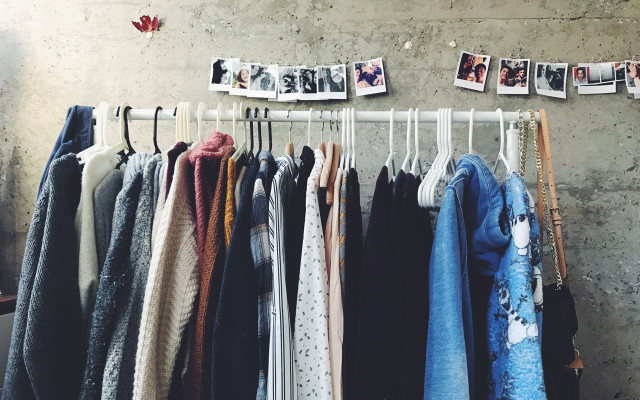


You can easily find unpackaged furniture like tables and dressers and household items like dinnerware and cooking utensils at your local flea market, secondhand shop or in local Facebook groups.
These are all things that you don’t have to buy new. Used furniture can have a vintage look with more character and is often better quality than new, cheap chain-store furniture.
Now, we have to think about clothes. Fast fashion has many of us in its grips. The fashion industry has convinced us that forever updating our wardrobe is necessary, or even better — normal. And once we’re done with one season’s collection, we don’t think twice about tossing it.
Here’s a solution: Create your own minimalist wardrobe and say goodbye to closet-clearing searches for the perfect outfit every morning. Thrift stores are a great place to start this leg of your journey to go no waste. You’ll find the best new additions to your minimalist wardrobe at the lowest prices possible and ensure nothing new was produced to revamp your minimalist closet’s selection.
Depending on where you live, here are some great places to get started finding secondhand treasures:
- 15 Best Thrift Stores in Chicago
- 15 Thrift Stores in Atlanta for Hidden Treasures
- 8 Best Shops for Secondhand Treasures in Manhattan
- Thrifting in Georgetown: 7 Options for Household & Fashion
- Best Thrift Stores in San Francisco for Fashion, Antiques & Home Goods
Utopia tip: Consider donating your used clothing instead of throwing it away! Our Goodwill Donation How-to has everything you need to know.
Zero Waste Lifestyle Tips: Do It Yourself
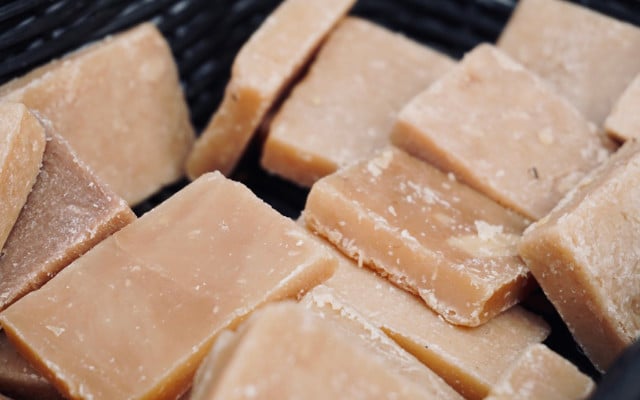


For household essentials like personal hygiene items, staying waste-free can be challenging; however, it’s getting easier as more people become environmentally savvy. That said, it’s often difficult to find shampoos, soaps, detergents and cleaning agents without plastic or paper packaging. But when there’s a will to lead a low-waste life, there’s always a way.
When you live a zero-waste lifestyle, everything that you can’t buy without packaging, you produce yourself. Toothpaste, for example, can be made from baking soda, stevia, or medicinal clay. You can also easily create your own homemade shampoo or natural body wash and spare yourself the questionable ingredients and plastic packaging.
Here are some of Utopia’s hygiene, health and beauty DIYs to keep you on track and help you reach low- or no-waste life:
- Homemade Conditioner: Three All-Natural Recipes
- 3 Soap Recipes: How to Make Homemade Soap
- Homemade Hand Sanitizer: DIY-Recipe With 2 Ingredients
- Natural Home Remedies for Colds: 6 Easy Recipes
Upcycling: Sustainable Reuse
Upcycling is different from recycling and precycling and hits the sweet spot of that second R in Reduce, Reuse and Recycle. Putting your hands to work can make you think twice about wasteful consumption. Once something has outlived its initial use, ask yourself whether you can’t repurpose it meaningfully. You can upcycle that ripped t-shirt into a new dust rag or use the color comics section of your Sunday paper as sustainable gift wrap. Check out our article 7 Upcycling Ideas for Home Decor for more inspiration. Remember, creativity is key to producing less trash.
Want to learn more about sustainability and the environment? Follow us on Instagram!
Read more:
** Links to retailers marked with ** or underlined orange are partially partner links: If you buy here, you actively support Utopia.org, because we will receive a small part of the sales proceeds. More info.Do you like this post?






